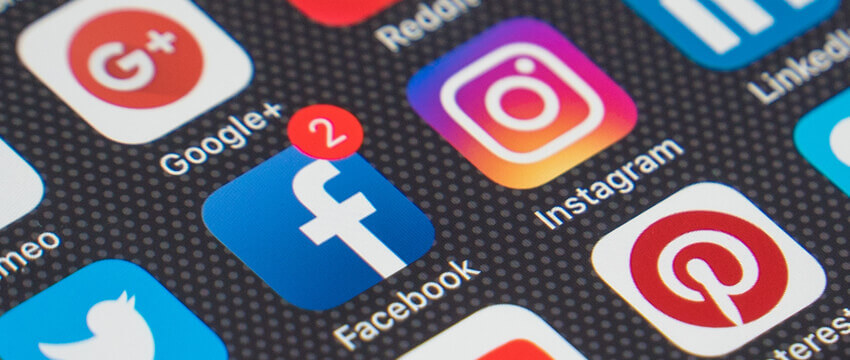Instagram. YouTube. Snapchat. Twitch. Facebook. Twitter. Pinterest. LinkedIn. Podcasts. Medium. The list goes on. There’s no question that following ever-changing digital/social media trends can feel like a full-time job.
As the head of RP’s digital practice, I spend a lot of time talking with clients about how they can best incorporate these and other social media channels into their ongoing PR, marketing and communications plans. I love this time of year in particular because it presents opportunities for us to deploy fresh thinking on the latest digital/social media trends as part of our annual planning process.
As I reflect, there were three key digital/social media trends in particular that dominated our 2018 planning discussions. When executed well, these approaches have the potential to elevate a company’s digital strategy, reach and impact.
Building Influencer Relationships
In the last year, we saw influencer marketing continue to gain momentum. Influencers typically have strong followings online, have established credibility with your target audiences and provide a direct conduit to reaching them. Despite some of the changes Facebook and Instagram will make in 2018 that could impact influencer marketing, we still see this being a valuable strategy for brands to consider.
Like anything, building a relationship with the influencer once identified is key. My experience has been that influencers want your campaign to succeed. They know their followers better than anyone else, so listen to their opinions. I have learned a lot from the influencers I have worked with on various campaigns and all of it has improved our clients’ reach and relevance with their audiences.
Telling “Micro” Stories
You’ve likely heard the statistic that the average attention span of humans is down from 12 seconds in the year 2000 to eight seconds now. Whether you believe that – there’s an interesting article on BCC.com that attempts to bust that myth – is beside the point, the trend of micro-storytelling is here to stay.
What is micro-storytelling you ask? It is telling your story in a quick, easy-to-understand format. The media most frequently used for micro-storytelling includes Snapchat and Instagram Stories. A series of images or short videos, Boomerangs, GIFs, stamps and emojis help bring the content to life and tell a story in a matter of seconds.
What excites me most about micro-storytelling is the opportunities it presents with employee engagement. For companies that are using platforms like Instagram to highlight their employee culture, what better way to tell that story than through the point of view of an employee? While employee “takeovers” on Instagram Stories should be carefully managed, the opportunities to showcase your workplace culture through a micro-storytelling format are considerable.
Evolution of the Content Chop Shop
Keeping the content pipeline full is consistently one of the biggest challenges PR, marketing and communications professionals face. Additionally, the content needs to be engaging, impactful and optimized for each channel. We encourage our clients to work with our digital and creative team to establish a content “chop shop.” Would you believe me if I told you that one piece of “mother” content could generate more than 50 pieces of smaller content?
Consider this. A white paper published on a company’s website might also become a webinar that is presented once to a live audience and recorded to be linked on the company’s website. The PowerPoint presentation created for the webinar could be uploaded on SlideShare and posted to LinkedIn. This is in addition to the other visual content that could be created from it – be it a short video series, an infographic or still images highlighting key data or takeaways.
These are just a few of the digital/social media approaches we are deploying for clients as part of our 2018 plans. Given the pace of change, I’m excited to think about what new social media trends and tactics we’ll be talking about this time next year.
